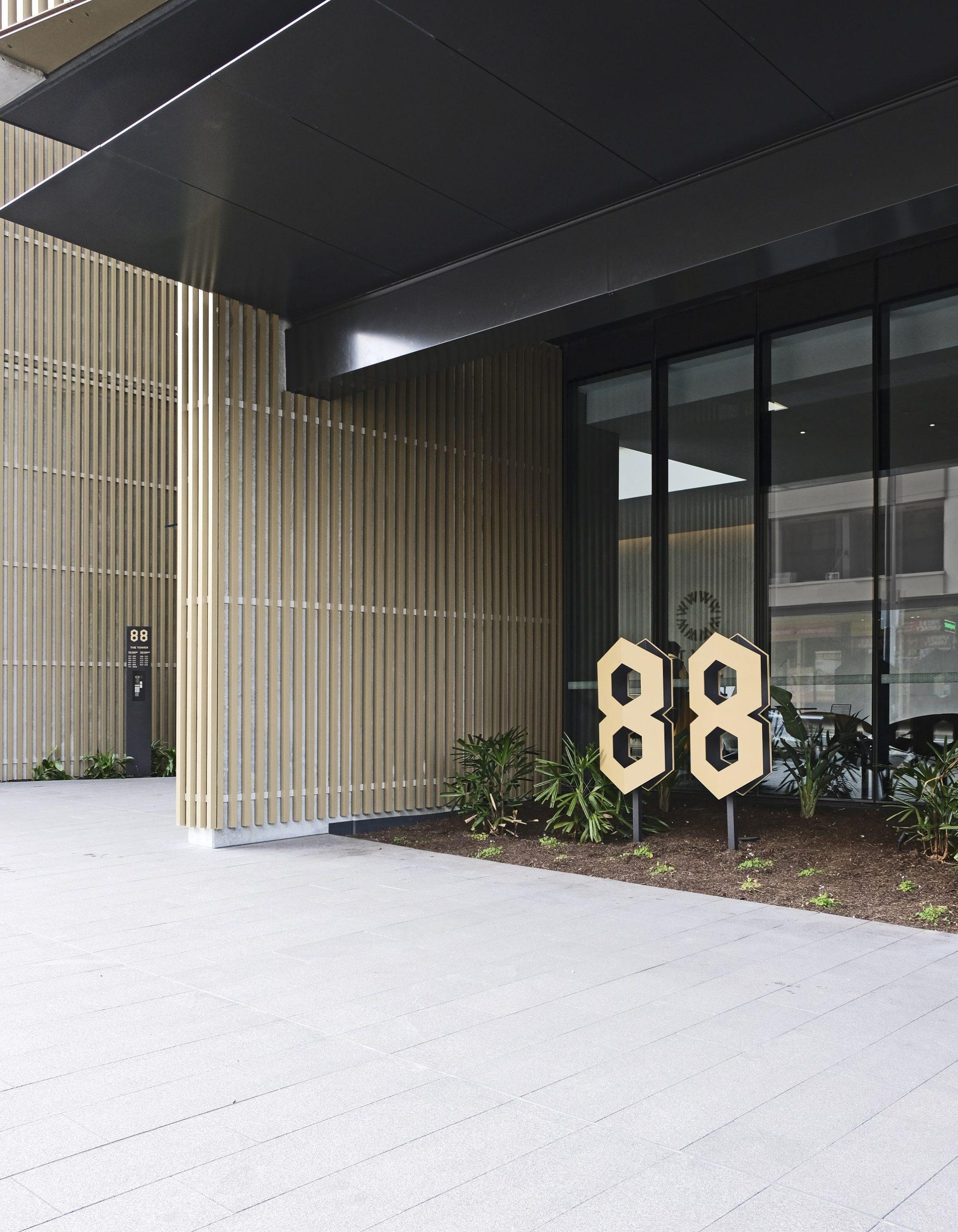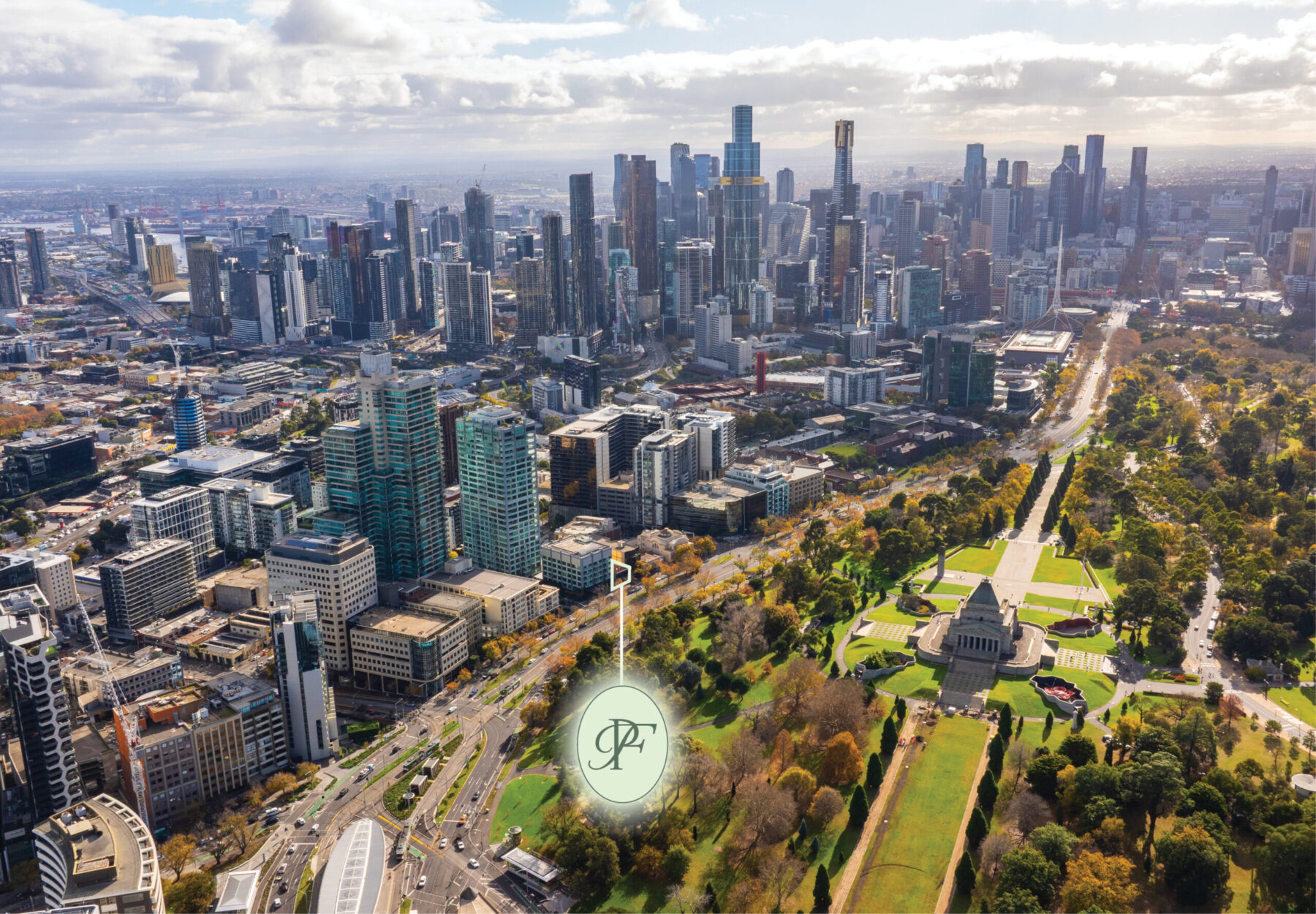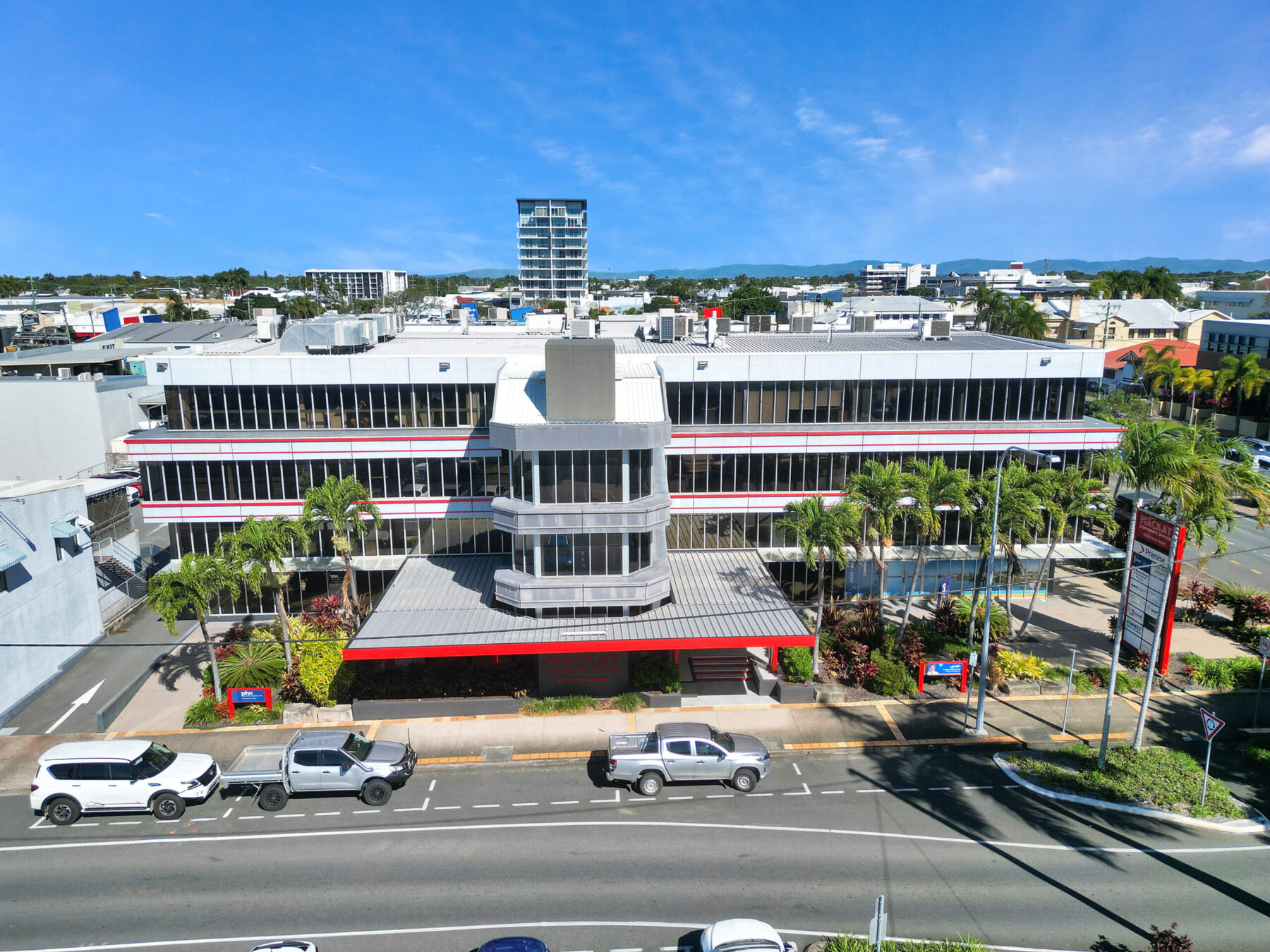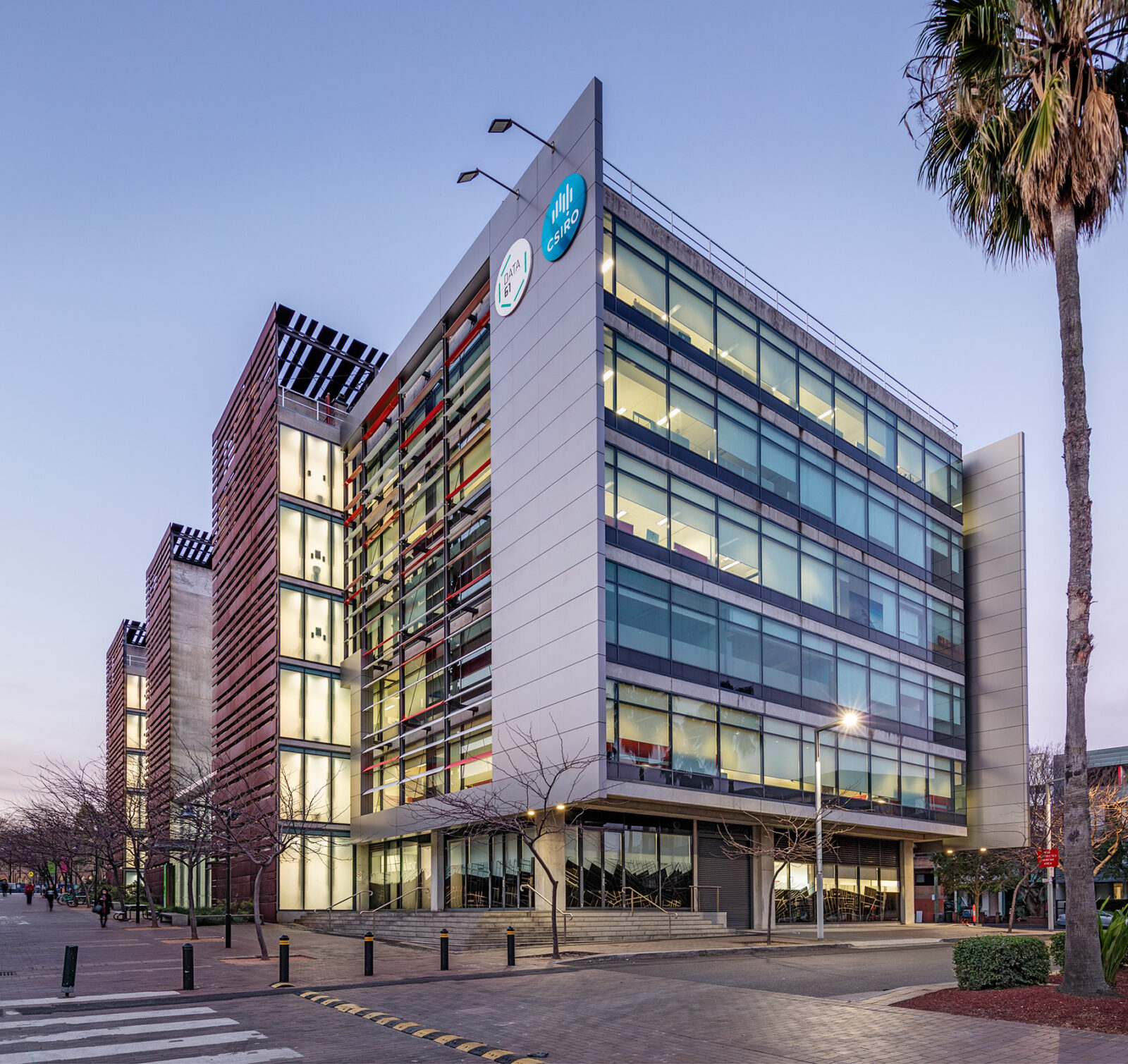
Sydney-based practice, Form—A Studio, are reinventing the way the built environment does traditional wayfinding signage.
Gone are the days of typical wayfinding signage, where you enter an office building and are greeted by a standard white sign affixed to a board while waiting for a lift, or a laminated sign directing you to the amenities with no thought or story behind why that signage is even there. Instead, it’s evolved to being much more than just an entry and exit sign since its early days of conception.
Signage has a long history, dating back to ancient Rome and Greece, where the first known use of signs was around 18,000 BC, where signs were not only used to communicate, but were also ritualistic and spiritual in nature symbolism. Since then, it’s developed as societies became more complex.
Unfortunately, wayfinding is not considered essential or particularly regarded, particularly in Australia. That’s where the artistic design sensibilities of the two Italian Co-Founders of Form—A Studio really plays a part. Coming from a background of appreciating fine design and how the built environment has a story to tell, connecting patrons to a building makes all the difference.
Claudio Mantovani, Co-Founder at Form—A Studio said, “It’s so important now to consider the greater architecture when designing any type of wayfinding signage. In that regard, it’s evolved so much. No longer are architects, private companies and developers looking for just a simple entry and exit sign.”
“For patrons, tenants or residents, wayfinding needs to communicate a story from the moment they find the building from the street. We aim to create an experience that generates a connection between place and architecture, celebrating the
“Genius Loci” the spirit of a place,” he said.
Form—A Studio are one of the few branding, architectural wayfinding, signage, environmental design and place curation practices in Australia that are adding value to the architectural and place experience.
“Wayfinding is so important in order to reach the design intent or architectural vision. I always say that it is like adding precious jewellery to a well-dressed person – they make a huge difference,” said Benedetta Nissotti, Co-Founder at Form—A Studio.
“Our wayfinding practice seamlessly blends form and function, creating a branded and intuitive experience that celebrates architecture through design stories deeply linked to the spirit of a place – community, history and character.”
44 Market Street
Form—A Studio’s earliest wayfinding project in the commercial space was the impressive 44 Market Street in Sydney CBD, developed by Dexus. Completed in 2019, the sophisticated and refined re-development, designed by architects Woods Bagot, required a signage and wayfinding strategy that would create balance and harmony between design and users.
44 Market Street is a celebration of the city, its history and people. These elements gave Form—A Studio the rhythm to create a timeless design, where brass and stone provide a classic and immortal approach; the clean, integrated and minimal look pays homage to the continuous evolution of Sydney CBD.
A key placemaking element was situated in front of the building, and it was fully place curated, with the story of the marketplace displayed beautifully within a plinth.
West Village
In Parramatta, the team worked on West Village, a luxury mixed-use development for property developers EcoWorld International, which provided a vibrant alfresco dining and retail precinct wrapped around a new urban park.
Completed in 2020, Form—A Studio worked with the architects Woods Bagot to ensure that the crafted architecture of the 398 residential apartments was seamlessly integrated with the vibrant retail, food, and beverage precinct below.
“West Village is a project that embraces the connection between community, retail, and artistic expression,” said Claudio. “We curated the sense of place by creating a unique atmosphere that reflects the local culture through wayfinding. The goal is to create an alluring blend of luxury, style, and culture that is inviting to both locals and visitors alike.”
Through a deep investigation of the architecture, context, territory and material palette, the practice developed a design that celebrates geometrical forms and robust facets.
From a modular element and its repetition, Form—A Studio have created a pattern which provides the framework of a new signage family for the new Parramatta village at West Village. The public spaces, the retail and the residential offerings are connected and integrated, delivering a mixed-use destination for flourishing future communities.
255 George Street
Most recently, the studio completed the impressive large scale 255 George Street in Sydney CBD for clients AMP Capital, situated in the heart of the city in 2022.
Designed in collaboration with architects Richards Stanisich, WMK Architecture and Light Practice, this eye-catching large-scale signage sets 255 George Street apartfor pedestrians and workers passing by and walking in.
The wayfinding and signage undertaken for 255 George Street is a display of design that perfectly complements the iconic architecture of Sydney CBD, with a focus on purity of form and materiality.
“The design pays homage to the building’s striking external and internal stones while creating a seamless dialogue with the interior design,” said Benedetta Nissotti, Co-Founder of Form—A Studio.
From the ground floor to the mezzanine and upper levels, the wayfinding elements guide visitors through the space with ease and elegance, enhancing their experience at every turn.
The result is a visual feast that not only serves a functional purpose but also adds to the beauty of this historic building.



